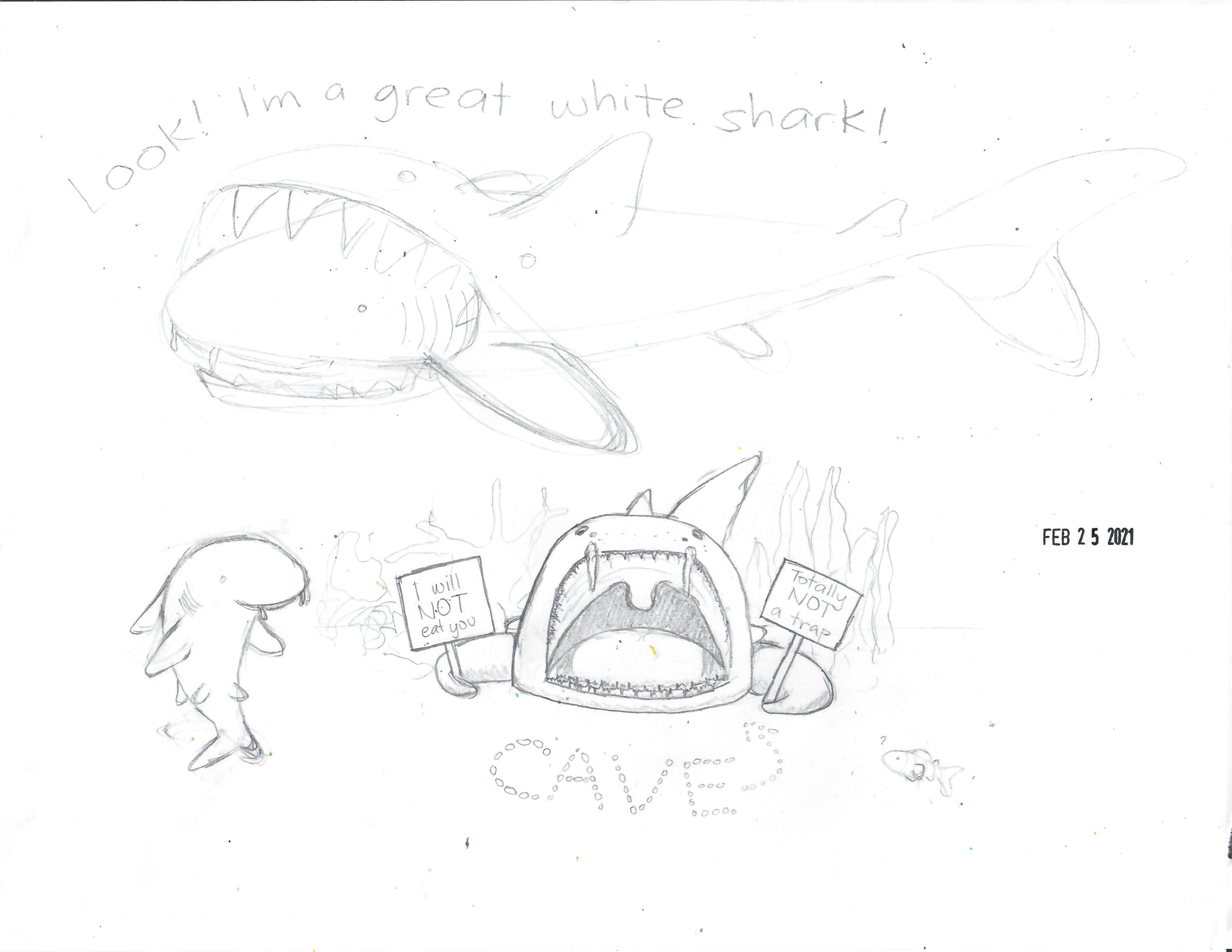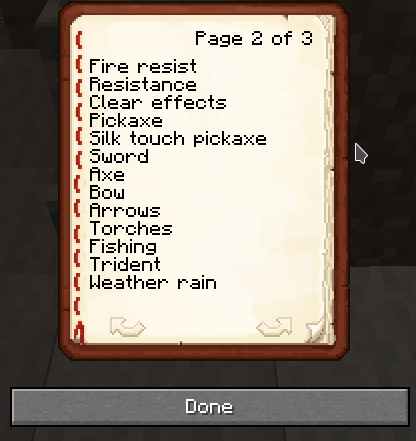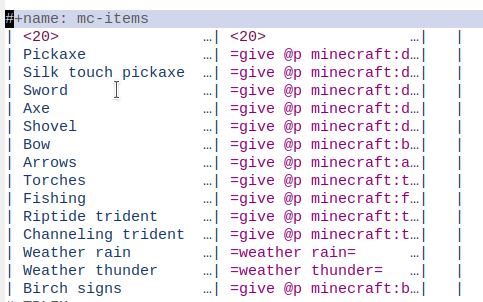Things I want to learn from Stardew Valley
| life, play, parentingThis week A+ said she wanted to play a farming game, so we went through this list of farming games on Steam and she picked Stardew Valley. I bought it for CAD 17 under her Steam account. She got pretty good at finishing her homework before playtime. After some fiddling around, we managed to figure out how to play 3-person local co-op using our old PS3 controllers.1
The first game we played used the basic farm layout and shared money. I realized that sharing all the money wasn't working out so well for me about two game weeks in because I was always reminding A+ to buy seeds before she splurged on gifts, so we started a new playthrough with separate money. A+ decided to pick the meadowlands farm layout, which meant starting with some chickens.

We now have a mayonnaise maker and four chickens. It's summer and I have a variety of crops growing. W- sometimes drops in to do some fishing or help out around the farm. We probably won't make it to the greenhouse bundle this year, but maybe next year. She'd been looking forward to getting a kitchen and trying out some of the recipes, so we saved up for it and worked together to chop down lots of trees.
Stardew Valley feels like a good rainy day activity with A+. It's a cozy place to practise making decisions and working together.
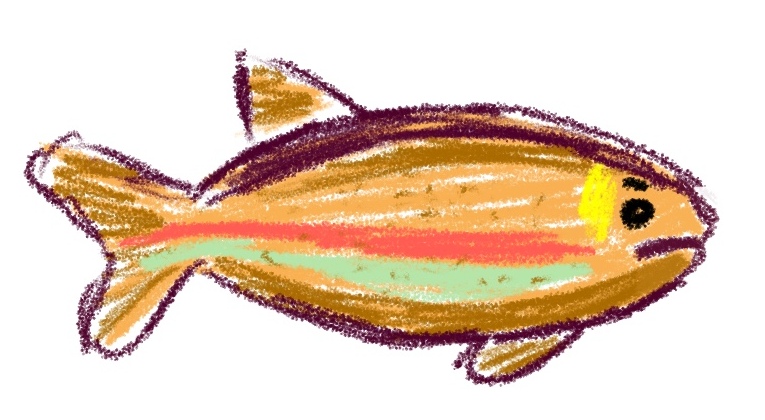
A+ can get competitive and envious, which can get in the way of her having fun. Sometimes she gets envious because I've been leveling up in farming and she hasn't yet. When that happens, she becomes more motivated to help out around the farm. Sometimes it's harder for her to channel that frustration into growth. At the trout derby, she got grumpier and grumpier. First it was because W- had caught a rainbow trout and she was only catching trash. Then, when she caught a rainbow trout, she was grumpy that W- had caught a rainbow trout with a golden tag and she hadn't gotten one with a tag. "I'm never going to catch anything," she grumbled, eventually spiraling into a lump on the couch. To her credit, she kept trying for a while instead of rage-quitting, so that's progress.
I chatted with her about it the next day, when she was well-regulated. "It doesn't have to be a competition, you know," I said.
"Of course it was a competition," she said matter-of-factly. "It was the trout derby."
Apparently this competitiveness and sensitivity is pretty common and totally not out of place for a 9-year-old, especially since she's an only child. Common approaches include:
- Stopping the game when whining starts, in the hopes that eventually the kid will learn to avoid whining: I'm not sure about this approach with A+ because I think she might benefit from some more help and support learning these skills.
- Team sports and a structured environment: This doesn't quite feel like a good fit for us, but I'm glad it works for other people.
Switching to more cooperative activities: I couldn't redirect her from the trout derby because the time-limited event was too fascinating. We had to take the loss and try again another time. This, too, is a fish on the line; sometimes it escapes and there's nothing to do but to accept it and fish again.
There's a lot we can learn together in the process of working on day-to-day things. I can put A+ in charge of most of the harvests, and she's getting better at minding the mayonnaise. I think A+ likes mining with me (I'm in charge of fighting monsters), and we can probably also chop some wood together. Maybe she'll enjoy collecting the eggs and petting the chickens now that there are more of them, especially since one of them is called Hei-hei. Then we can fish when we're in the mood for fishing, farm when we're in the mood for farming, and so on.
- Getting used to losses by playing lots of games: Fishing is good for this. It's easy to start trying again, and there are plenty of little rewards along the way. Once we can cook, we can use meals like chowder to boost her skill.
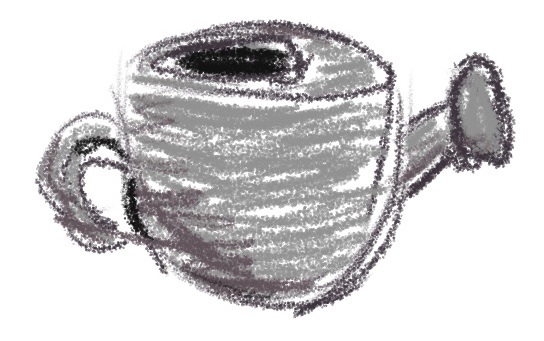
I love it when games gently help me notice ways I can grow as a person. I want to get better at focusing on processes, not outcomes.2 It's neat to see this in contrast. At the moment, A+'s attention focuses a lot on outcomes. She thinks about things like upgrading to kitchen or getting to a certain level, but it's harder for her to focus on the steps that will get her there. I notice there's stuff for me to work on, too. I struggle a little with trying to make sure I have seed money if I let A+ take care of harvesting and selling (somewhat alleviated now that I've got chickens and corn), that I can get everything watered before bedtime, that I've kept some of the produce back for bundles or quests, or that I'm making progress towards a silo before winter. I can also practice focusing on processes, not outcomes.
I know my job isn't to maximize the farm's profit. Maybe my job for now is to water the farm so that A+ can enjoy the harvest. Doesn't that sound like some kind of parenting thing I can work on learning in my bones… I know grown-ups are better at delayed gratification than kids are. I'm better at the grind. If she can enjoy a bit of the harvest and figure out if she likes it, then we can back up a little. Maybe she can water a small part of the field, and then grow from there. Maybe I can make her a little 1x1 patch with the season's fastest-growing crop, and then expand every time she gets it all the way to harvest. Tiny habits, right?
Also thinking as a grown-up, I can stagger the planting of 4-day crops like wheat so that there's always something for her to harvest.
There are other little ways we can use game mechanics to practise life skills. We can occasionally check the traveling cart for quality sprinklers, which will give us a reason to keep track of the days and save some money for opportunities. It would be great to practice this with virtual money before she needs to deal with real money.
I can also invite A+ to go mining and then use the copper to upgrade the watering cans. It's a multi-step process (copper ore, wood, coal, copper bar, upgrade), so it makes sense that I can handle that better than she can. She can focus on one step at a time and slowly get the hang of how everything comes together, just like when she was learning how to solve the Rubik's cube. It's also like the incremental independence she's growing into in other parts of her life. My job is to support her so that she can learn at the right level: not too hard, not too easy.3 Someday, after many many runs through this kind of process, she might even get the hang of creating those sequences for herself or finding people who can help her. Small steps to lifelong learning.
And when I start to get fidgety about how we play, like when she doesn't accept any of my invitations to do something (chop wood? carry water?), I can repeat: process, not outcome. It's okay for her to stand around waiting for the shop to open while I water the farm. She's excited, she's focused on the very next step towards her goal, and that's good for where she is. It's okay for things to take a while. I want to keep the process fun. The fun is the important part.
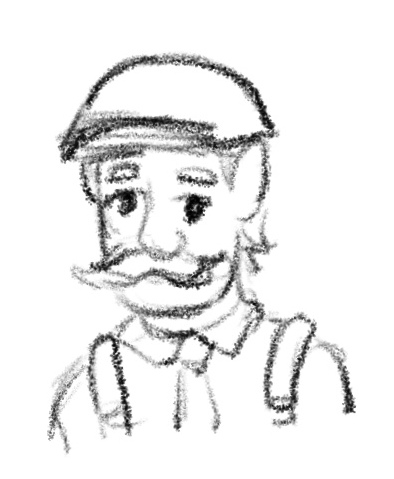
Also, there's this whole thing about taking time to talk to people, remember what they like and dislike (… or look that up in the notes), give them gifts, celebrate their birthdays, and so on. Right. There are even clear benefits for doing so. Plenty of things to get better at. =)
Stardew Valley seems like it would be great for practising these things. The general advice from the community seems to be to take it easy and not rush. Don't worry about making it to certain milestones by certain times, just have fun together. We've been playing for only a few days, but I have a feeling there's much to learn over the next few years.
Footnotes
PS3 controllers: On Windows, we needed DsHidMini and a powered USB hub. On Linux, we just needed the powered hub.
This reminds me of Atomic Habits.

